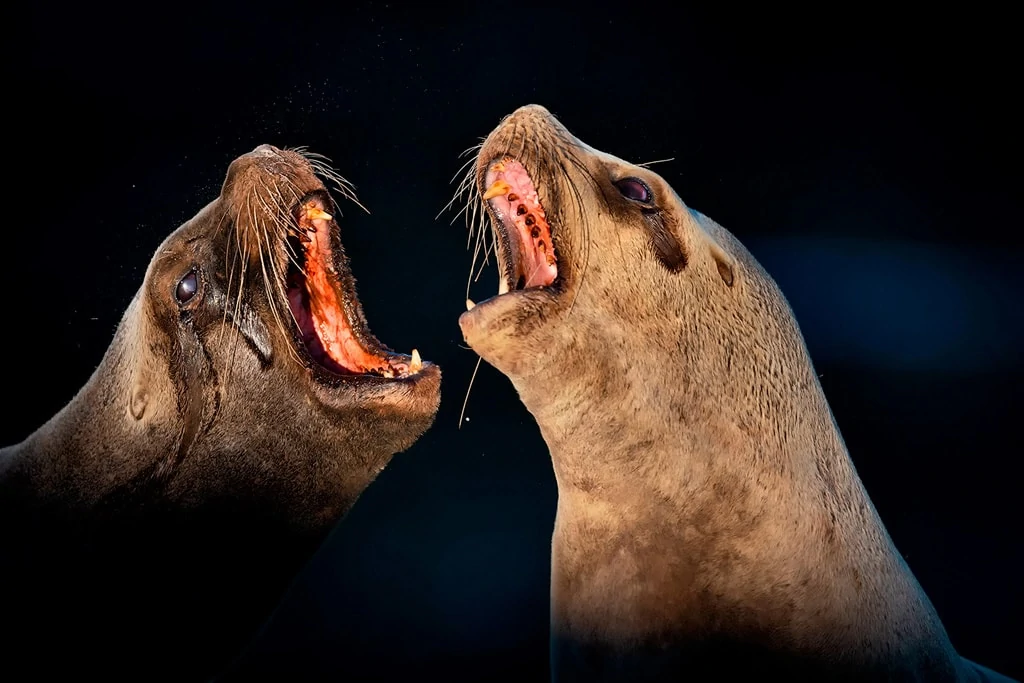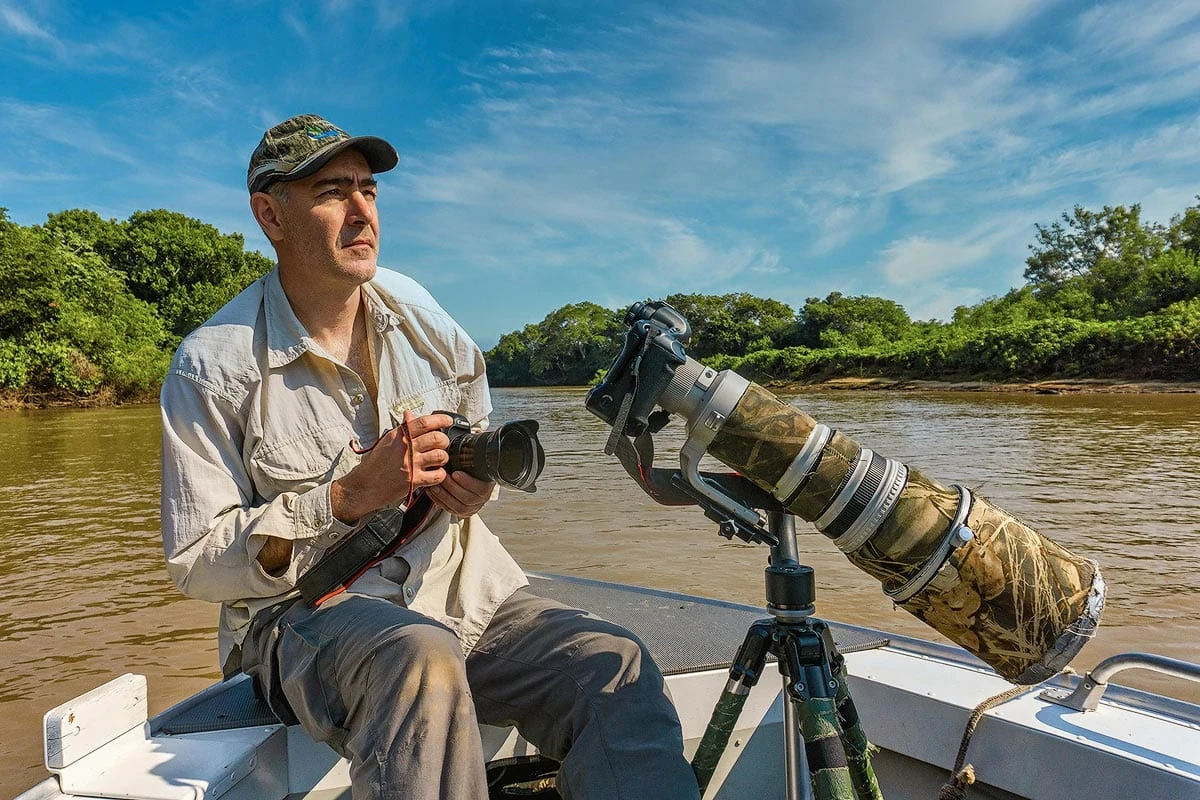In this interview we will get to know a member of the Argentina Photo Workshops Team: Darío Podestá, Nature Photographer and Biologist based in Puerto Madryn.
How and when was your passion for Nature Photography born?
Since I was very young I have been passionate about nature and outdoor life, especially animals.
My father shared this passion with me and was enthusiastic about photography, he had equipment and knowledge that I was able to capitalize on.
It was during my years as a biology student that I began to travel and document in pictures many animals and environments of our country. That was the beginning of a passion that still accompanies me today.

Your favorite photograph and the story behind it.
I have several favorite photographs, and they change a bit over time.
One of them is entitled “Mara mama calls“. Which obtained an important mention in the Wildlife Photographer of the Year contest, of the British Museum of Natural History, in 2016.

After working for a while with the Maras (a rodent endemic to Argentina), obtaining images for a scientific study being carried out by CONICET researchers, I was able to learn a lot about their behavior.
Although, during that time, I obtained many interesting photos, I felt that I had not been able to capture their essence or portray them in relation to their environment. That is why after a few years I returned to the area to look for a wide-angle shot that would show their interactions more intimately.
After several days of work, placing the camera near a burrow and shooting it from a distance from a hiding place, I managed to get this image that I like and transmits so much.
3 photographers who inspired you along the way.
When I started with photography along with my studies in biology, I followed the work of the Argentinean photographer and conservationist Francisco Erize. A precursor of this method in the country and in South America. His wildlife photos illustrated, at that time, most of the books and magazines on the subject.
At an international level, undoubtedly one of my greatest references when I started was the Dutch Frans Lanting. A great photographer with a strong conservationist profile that is still active today.
Another photographer whose work I followed a lot, at least during a phase of my evolution in photography, was the Hungarian Bence Mate. He was always characterized for being very innovative and a precursor of different techniques.
At present and since a few years ago, I follow a lot the Spanish photographer José Benito Ruiz, who I consider a great reference and outstanding trainer.
Which lens do you always carry with you?
In general I carry with me a zoom or long tele, a wide angle and a macro. But surely the one I use the most or would choose first is a 100-400mm zoom. Sometimes adding a 1.4x teleconverter.
This gives me a lot of versatility and I cover almost the whole necessary range for wildlife photography, except for very small animals.

Since a while you have been the president of the AFONA Association. Tell us more about this project.
The main objectives of AFONA (Argentine Association of Nature Photographers) are to promote this activity in our country, to support research and conservation of biodiversity and to promote ethical conduct in those of us who practice this discipline.
We currently have almost 400 members among which there are professional photographers, amateurs or just nature lovers who wish to contribute and participate in our projects and benefits.
We are working, through different commissions, on many topics: including education or training in photography, support for conservation projects, dissemination of the work of our members, among others.
With this initiative we were pioneers in South America and we have obtained a very positive response from the community of wildlife photographers in our country.
For each person, photography has a different meaning. What is yours and what changes has it brought to your life?
For me photography is a way of life, it changed the way I look and see the world.
It is a way to show what I see but fundamentally to express what I feel.
It is a powerful tool for artistic expression but also for spreading environmental issues.
A suggestion for young enthusiasts approaching Nature Photography.
My advice is to try to get technical training and seek to develop your personal vision.
In addition to photography, I recommend to learn about biological and environmental issues in order to better understand what is being photographed and to choose the way in which to show it to the viewer.
It is also essential to behave ethically when in contact with nature. The welfare of the flora, fauna or environment must always be prioritized to the photograph we are trying to achieve.

